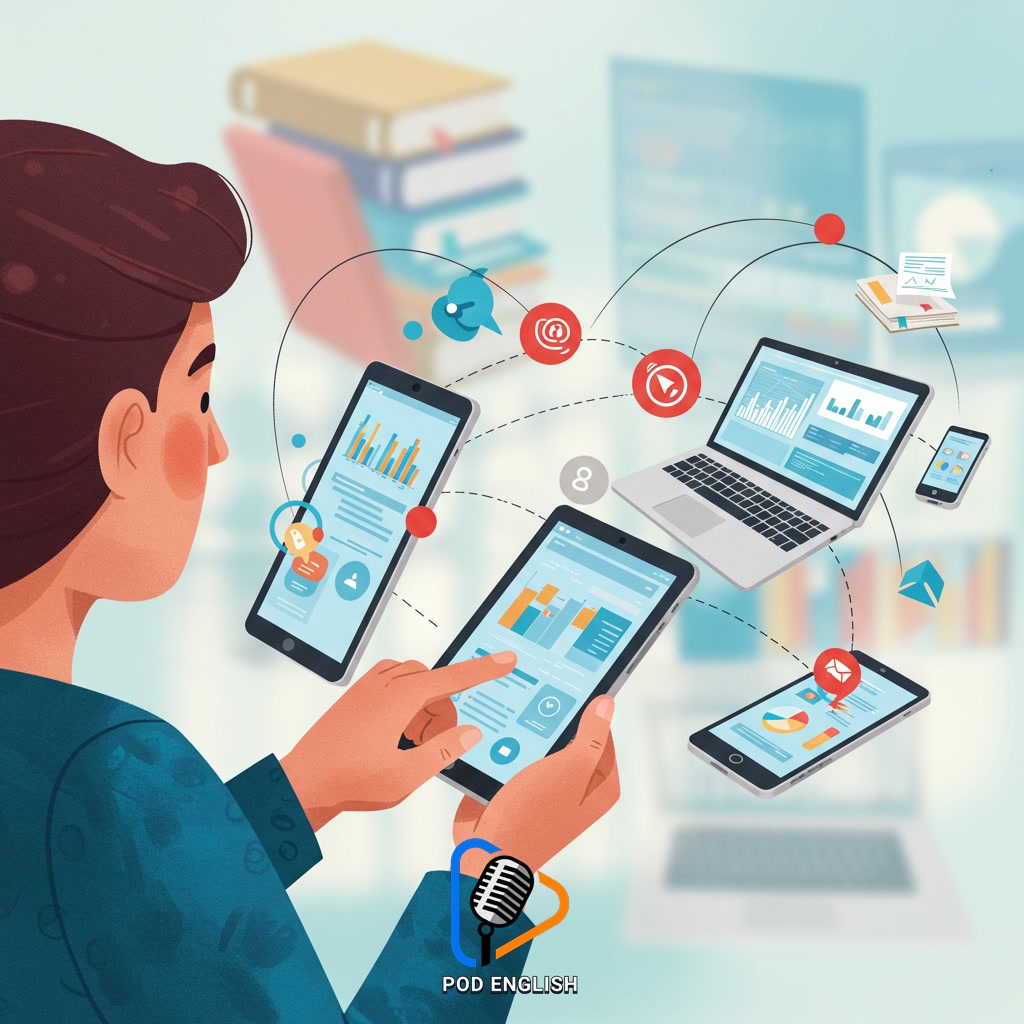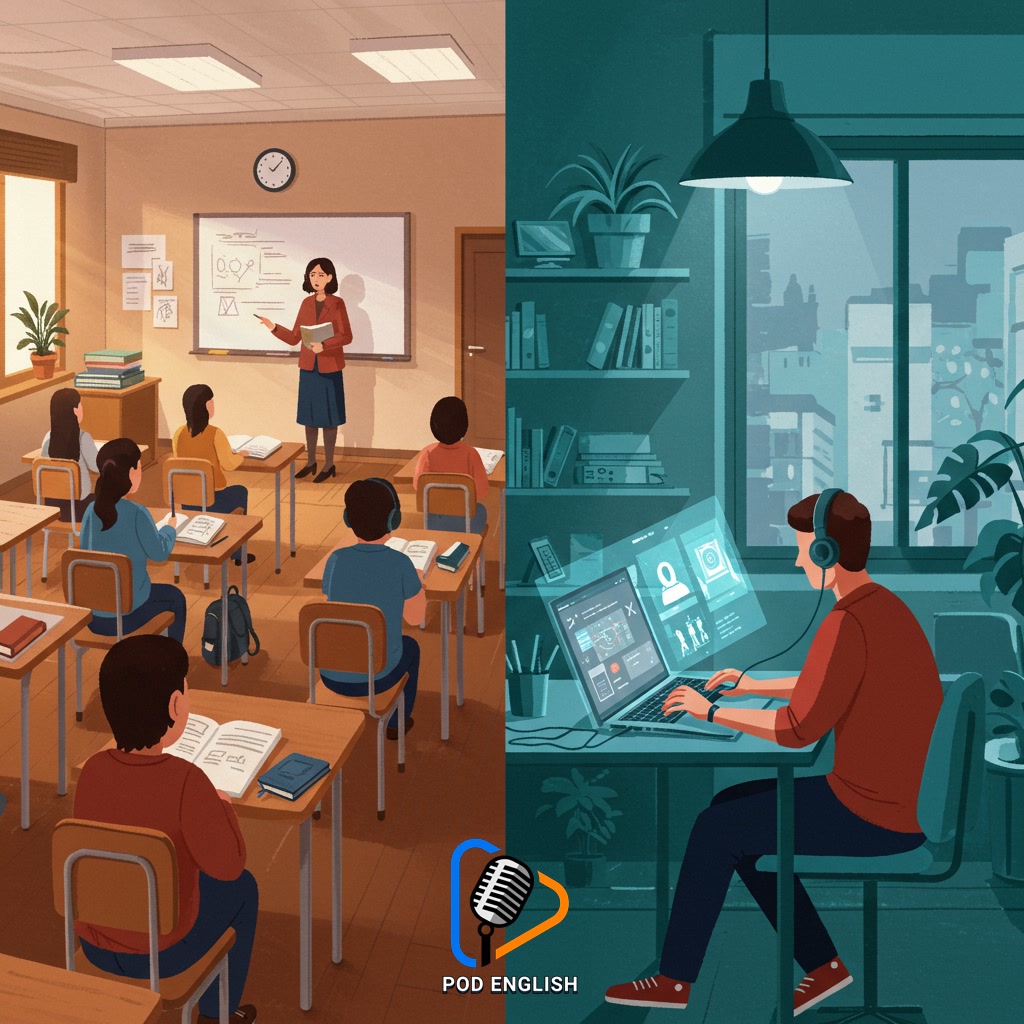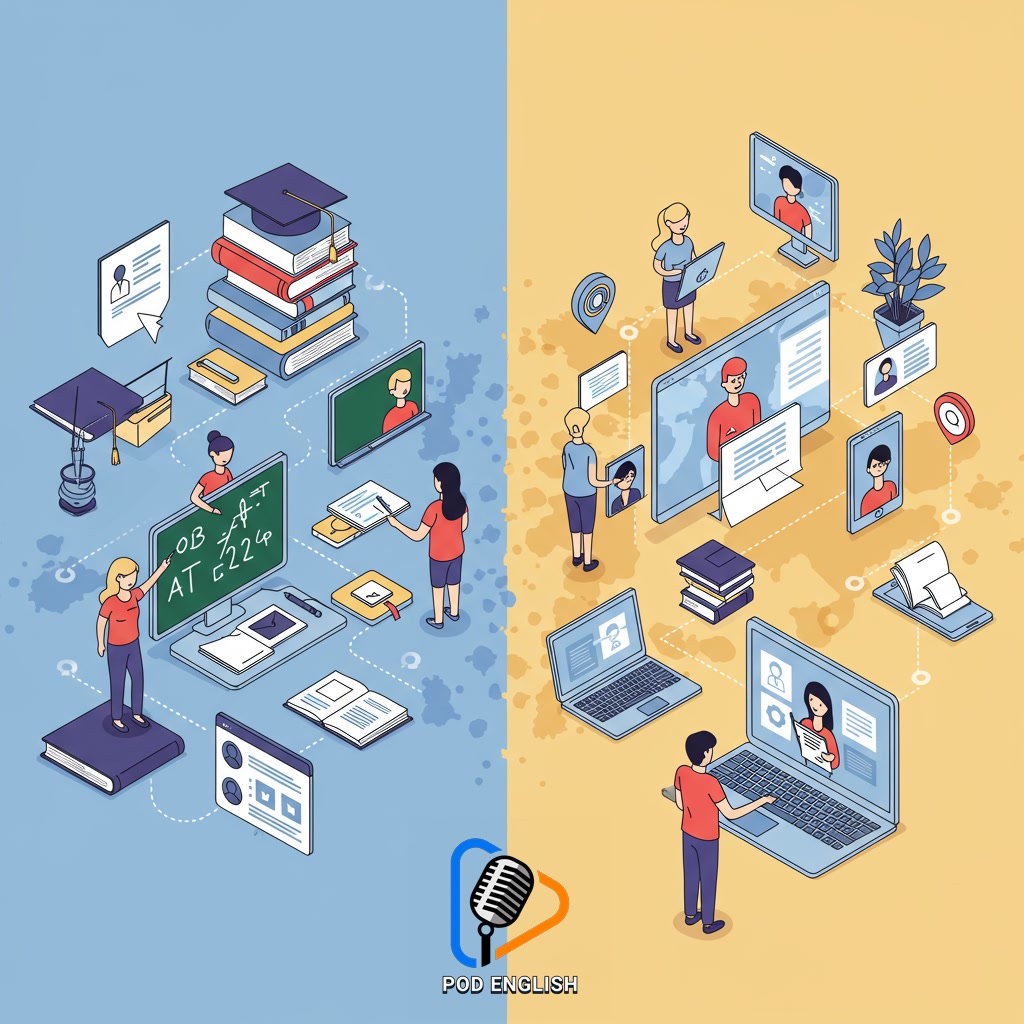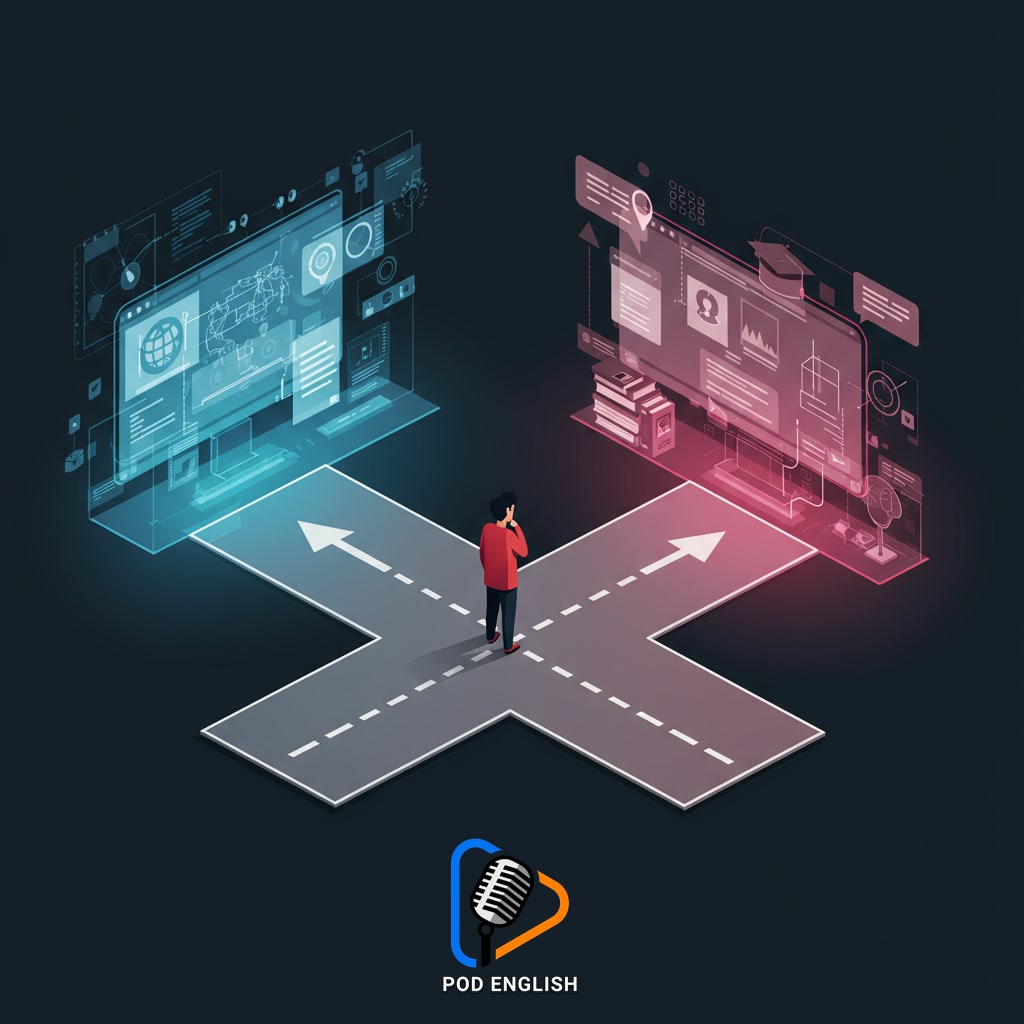Learn English
Online vs Traditional: Revolutionizing English Learning

This content explores the fundamental differences between online and traditional approaches to mastering English. It examines how digital platforms are reshaping the landscape of language acquisition, presenting distinct advantages and challenges compared to conventional methods. The analysis highlights the revolutionary impact technology is having on how people pursue English language development. Ultimately, it provides insights into which method might be more effective for various learners in this evolving environment.
Table of Contents
- Section 1: Introduction: The Evolving Landscape of English Learning
- Section 2: Understanding Traditional English Learning Methods
- Section 3: Exploring the Features of Online English Learning
- Section 4: Comparing Online and Traditional Approaches
- Section 5: The Revolution: How Online Learning is Changing English Education
- Section 6: Choosing the Right Path for Your English Learning Journey
- Section 7: Conclusion: The Future of English Learning
Section 1: Introduction: The Evolving Landscape of English Learning
The way we learn English has undergone significant transformation over time. Historically, language acquisition primarily occurred within the confines of traditional classrooms, relying on physical textbooks, face-to-face instruction, and scheduled lessons. However, the advent of the internet and digital technology has fundamentally reshaped this landscape. Online platforms, mobile applications, and a wealth of digital resources now offer unprecedented flexibility and accessibility for individuals seeking to improve their English skills. This evolution presents learners with a wider array of options and approaches, moving beyond the conventional methods and paving the way for innovative learning experiences. Understanding this changing environment is crucial for navigating the modern journey of English language development.

Section 2: Understanding Traditional English Learning Methods
Building upon the historical context, traditional English learning typically centered around the physical classroom environment. This method heavily relied on face-to-face interaction between a teacher and students. Core components included structured lessons covering grammar rules, vocabulary lists, and translation exercises, often utilizing physical textbooks, workbooks, and blackboards. Learning progression was usually linear, following a set curriculum and paced by the instructor. Assessment commonly involved written tests and quizzes. While providing a structured and disciplined approach, traditional methods could sometimes limit flexibility and individual pace, emphasizing theoretical knowledge alongside practical application through repetitive drills and controlled practice.

Section 3: Exploring the Features of Online English Learning
Building upon the historical context, traditional English learning typically centered around the physical classroom environment. This method heavily relied on face-to-face interaction between a teache… Exploring the features of online English learning reveals a fundamentally different approach. This method is characterized by its inherent flexibility, allowing learners to access materials and participate in lessons from virtually anywhere with an internet connection, at times that suit their personal schedules. Online platforms leverage a rich variety of digital resources, including interactive multimedia content, language learning applications, virtual classrooms, and extensive digital libraries. Learners often benefit from the ability to learn at a self-paced rhythm, revisiting challenging concepts as needed. Moreover, online learning opens access to a global network of instructors and fellow learners, breaking down geographical barriers and offering diverse perspectives and authentic language practice opportunities. The integration of technology is central, facilitating a dynamic and often more personalized learning experience compared to traditional settings.

Section 4: Comparing Online and Traditional Approaches
Building upon the historical context, traditional English learning typically centered around the physical classroom environment. This method heavily relied on face-to-face interaction between a teacher and students, using fixed schedules, textbooks, and in-person activities. In contrast, online English learning leverages digital platforms and the internet. This approach offers significant flexibility in terms of time, location, and pace, allowing learners to access resources and interact with instructors or peers virtually. Comparing these two methods reveals fundamental differences in structure, delivery of content, types of learning activities, and the level of autonomy granted to the learner, each presenting a distinct pathway to English proficiency.

Section 5: The Revolution: How Online Learning is Changing English Education
Building upon the historical context, traditional English learning typically centered around the physical classroom environment. This method heavily relied on face-to-face interaction between a teacher and students, using textbooks, blackboards, and group activities within a fixed schedule and location. The revolution brought by online learning fundamentally alters this landscape. It removes geographical barriers, enabling learners from anywhere in the world to access vast resources and connect with instructors instantly. This digital shift introduces unprecedented flexibility, allowing individuals to study at their own pace, choosing times and places that suit them. Online platforms offer diverse, interactive formats like video lessons, language apps, virtual classrooms, and AI-powered tools, providing personalized and on-demand learning experiences that were previously impossible, truly reshaping how English is acquired and taught.

Section 6: Choosing the Right Path for Your English Learning Journey
Building upon the descriptions of traditional and online methods, deciding which path to take for your English learning is a crucial step. This choice isn’t one-size-fits-all; it depends heavily on your individual learning style, personal goals, available time, and preferred level of interaction. Consider whether you thrive in a structured group setting with face-to-face teacher guidance, or if you prefer the flexibility, self-paced nature, and diverse digital resources offered by online platforms. Think about your motivation: are you aiming for fluency for travel, career advancement, or personal enrichment? Evaluating these factors honestly will help you navigate the options and select the learning environment or blend of methods that best supports your unique journey towards English proficiency.

Section 7: Conclusion: The Future of English Learning
In concluding our exploration of online versus traditional English learning, it’s clear that the path forward isn’t about choosing one method exclusively, but rather understanding how they can complement each other. The future of English learning points towards a more integrated and personalized approach. Technology will continue to play a pivotal role, offering unprecedented access to resources, interactive tools, and adaptive learning experiences. However, the value of face-to-face interaction, structured environments, and the guidance of experienced instructors from traditional settings will remain significant. The most effective learning environments of tomorrow will likely blend the flexibility and resources of online platforms with the human connection and structure of traditional methods, creating hybrid models tailored to individual learning styles and goals. Ultimately, successful English language acquisition in the future will depend on learners embracing the best aspects of both worlds and adapting to an ever-evolving educational landscape.














